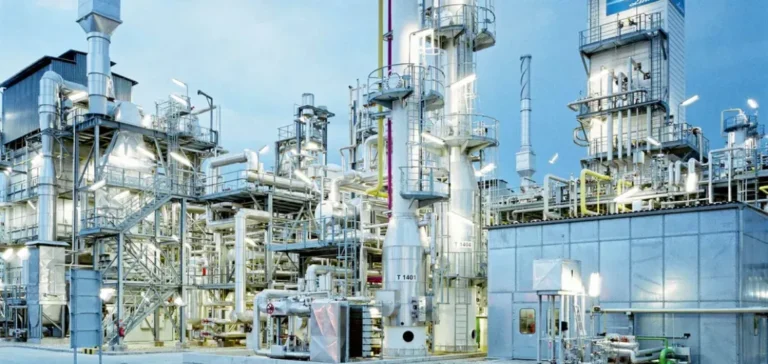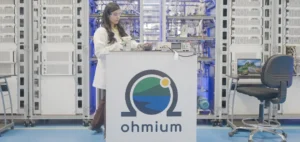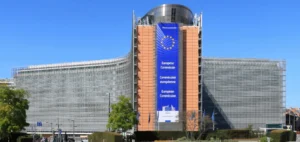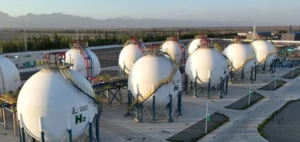The global hydrogen sector has exceeded USD110 billion in committed investments, spread across more than 500 projects that have reached final investment decision. This marks an increase of USD35 billion compared with the previous year. Since 2020, financing momentum has maintained an average annual growth rate of 50%, according to data compiled by the first edition of the Global Hydrogen Compass, prepared in collaboration with McKinsey & Company.
Selective growth within a context of increasing maturity
Over the past five years, the number of hydrogen-related projects has multiplied 7.5 times, reaching more than 1,700 announced projects. However, this expansion has been accompanied by a moderate attrition rate: around 50 projects have been publicly cancelled in the past 18 months, accounting for nearly 3% of the total. These cancellations mainly concern early-stage renewable hydrogen projects. Structural obstacles such as high interest rates and regulatory delays also weigh on project selection and implementation at the global level.
A consolidated supply awaiting firm demand
The total committed capacity for clean hydrogen production now exceeds 6 million tonnes per year (MTPA), of which one million is already in operation. Factoring in potential delays and future cancellations, the current pipeline could deliver between 9 and 14 MTPA by 2030. However, demand remains the determining factor. To date, only 3.6 MTPA of firm offtake agreements have been contracted. According to projections linked to ongoing policy developments in key markets such as the European Union, the United States, Japan and Korea, demand could reach 8 MTPA by the end of the decade.
Regional distribution of investments and capacity
China leads financial commitments with USD33 billion invested, while concentrating more than half of global renewable hydrogen capacity. North America follows with USD23 billion and accounts for 85% of current low-carbon hydrogen production. Europe ranks third with USD19 billion in investments but is expected to represent nearly two-thirds of global demand by 2030.
Sector outlook and market signals
According to data collected from executives surveyed for the Global Hydrogen Compass, 74% report stable or increased investment demand over the past two years. In addition, 97% believe hydrogen will play a central role in decarbonising hard-to-abate industrial sectors, while 65% expect it to have a broader impact on the global economy. Finally, 83% of respondents anticipate continued growth of the sector in the coming years.






















